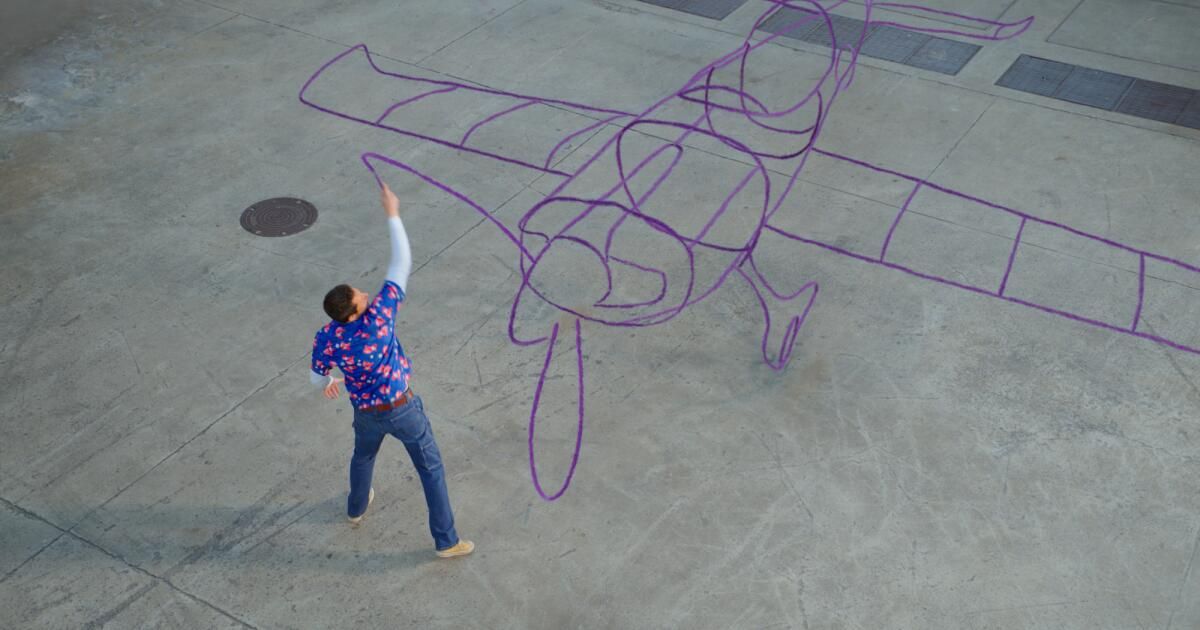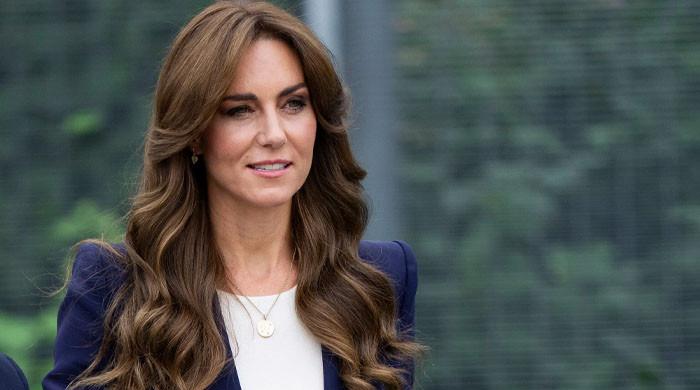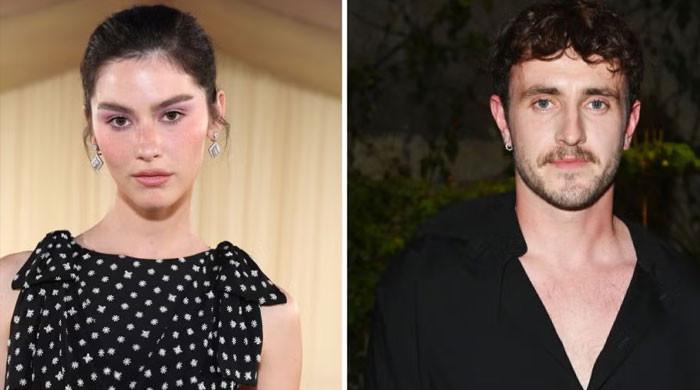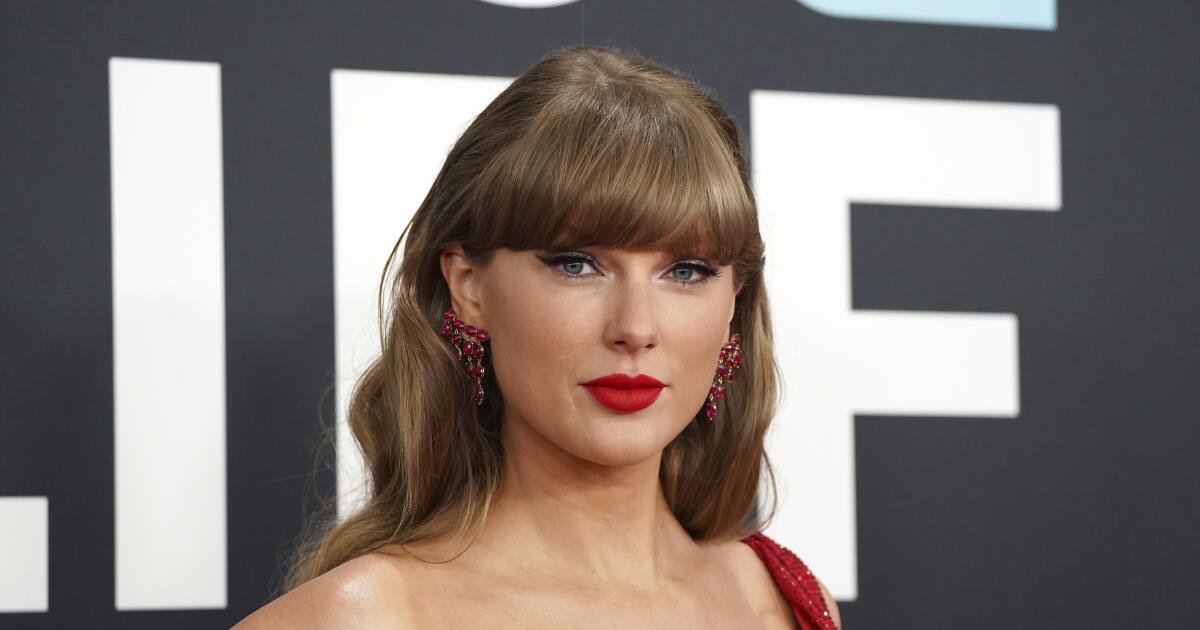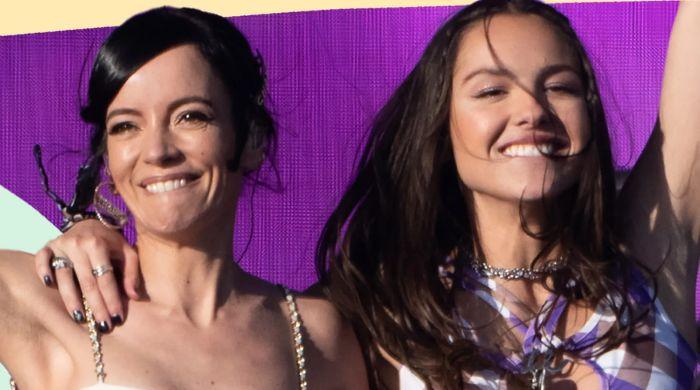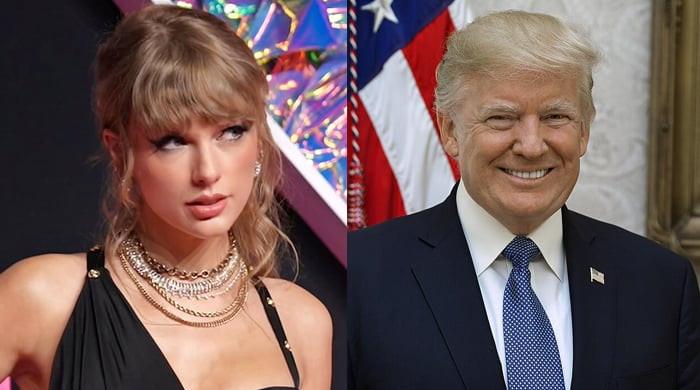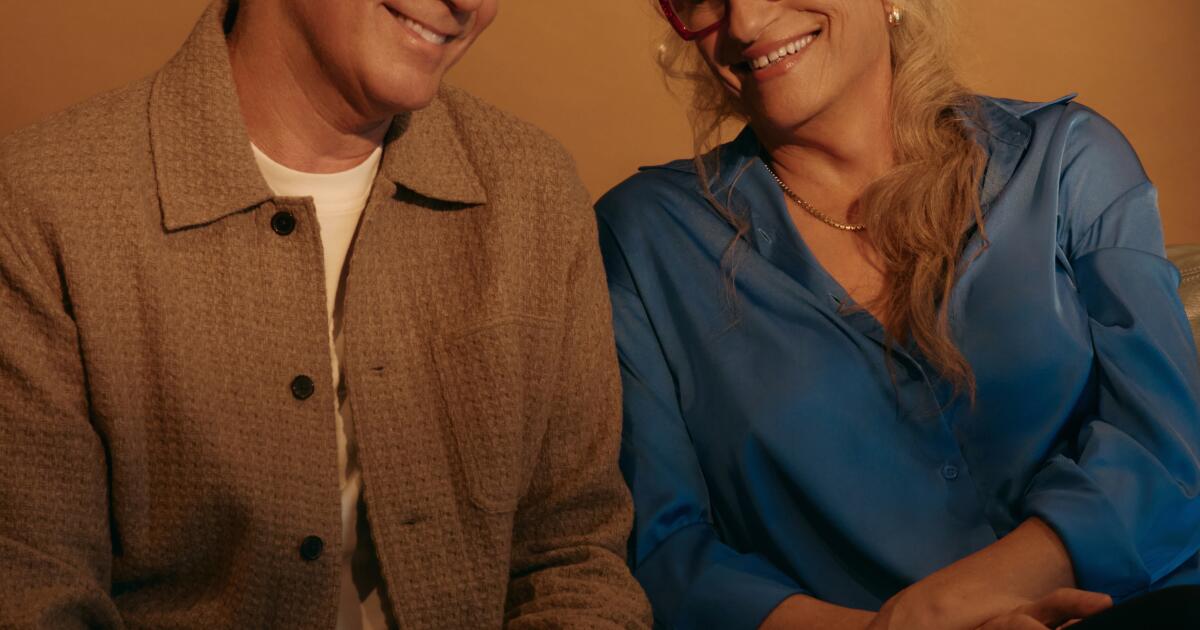The mere existence of this live-action adaptation of the classic children’s book “Harold and the Purple Crayon” inspires a number of questions on a basic level. Who is it for? Crockett Jensen’s 1955 book is aimed at ages 3 and up, but the film, adapted by David Guion and Michael Handelman and starring an almost exclusively adult cast, is geared toward an older audience. However, the premise is still too weak and juvenile to appeal to an audience of any age. So what algorithm decided this movie would be a lucrative project?
I'm going to pull out my own purple crayon and try to magically create a coherent film review out of this deeply strange and unnerving film. The approach to adapting the beloved book is a bit of a curious one. We know the story and the iconography: a little boy in overalls who uses his imagination and a purple crayon to make his world more exciting. In the film, our protagonist is now an adult, Harold (Zachary Levi), still living in his 2D world with his friends he drew, Moose (Lil Rel Howery) and Porcupine (Tanya Reynolds). Despite being in his 40s, he's still quite childlike and overly attached to his only parental figure, the narrator (voiced by Alfred Molina), whom he calls the “Old Man.” When one day the Old Man's voice disappears, Harold draws a door to the real world to find him.
While the decision to cast a middle-aged Harold is beyond my level of understanding, it probably has to do with Levi’s willingness (or desire) to play a childish man, as he has done previously in two “Shazam” films. His version of Harold is a mix between Tom Hanks in “Big” and another children’s book icon, Amelia Bedelia. Harold knows nothing about the real world, not even irony, idioms or branding, and, like Amelia, he takes everything literally, which is a problem when he’s wielding a crayon that can draw anything.
Maybe it was cute that 32-year-old Tom Hanks played a 12-year-old, or even that Levi went into teen mode in “Shazam” (at least in the first one). But there’s something deeply off about his performance here, smiling and grimacing with childlike wonder in a way that can only be read as fake.
For some reason, when they enter the real world, Moose and Porcupine turn into humans, but I hate to start asking questions that can't possibly have good answers, so we'll leave it at that. The trio cause mild chaos, latching on to a single mother, Terry (Zooey Deschanel), and her son, Mel (Benjamin Bottani). Harold, Moose, and Porcupine need help finding the Old Man, and then they also get involved with Terry's problems (dead husband, dead-end job, incredibly imaginative kid, lecherous librarian).
Things are looking bad in the world of “Harold and the Purple Crayon” (for me, specifically), and suddenly a savior appears out of nowhere. It’s the East, and Jemaine Clement is the sun. He’s there to save (or rescue what he can) this movie. Clement plays Library Gary, a romance novelist who is in love with Terry.
Though his pompous author persona bears a bit of a resemblance to his role in the 2009 comedy “Gentleman Broncos,” Clement proves to be a breath of fresh air and a decent adversary. If Harold uses his crayon to conjure airplanes and cakes out of thin air, Gary has far more nefarious (and lustful) intentions, as he uses the crayon to summon his fantasy world, complete with powerful magic staffs, a floor made of lava, and scantily clad maidens.
It’s only when Clement brings his style that the movie has anything to pay attention to, because he’s the dash of acidity that offsets this otherwise entirely saccharine and maudlin tale of embracing your imagination. Gary adds a much-needed dose of friction to the whole project, and Clement seems to be having fun, which is more than can be said for Deschanel, who brings a kind of dead-eyed, “continuous lines” energy to her nearly nonexistent performance. The less we focus on what Levi, Howery, and Reynolds are doing, the better.
The only actor committed to the heart of “Harold and the Purple Crayon” is young Bottani as Mel, because children most sincerely believe in the transformative power of imagination. As for why they decided to make this movie about (and for) adults, you’ll have to draw on your own imaginative powers, if they’re not too busy elsewhere.
Katie Walsh is a film critic for the Tribune News Service.
'Harold and the Purple Crayon'
Classification: PG, for mild action and thematic elements.
Execution time: 1 hour, 30 minutes
Playing: In wide release

